What is a Hellebore?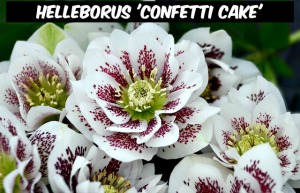
Hellebore’s are still fairly unknown and underutilized by the home gardener but they are gaining in popularity and for good reason. Hellebore’s are evergreen perennials that bloom in late winter or early spring depending on where you live. In the southern states, Helleborus niger starts blooming around Christmas and in northern states they will bloom around the beginning of Lent. Helleborus hybrids will start blooming in February in southern states and April in northern states. The bloom period can last quite awhile as we have had blossoms on some Hellebore’s last into June. Hellebore’s are hardy to zones 4-9 which is basically from central NH to central FL.
How do I Care for Hellebores? 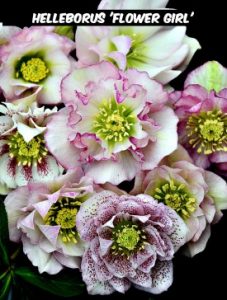
Hellebore’s do best in a part shade location and prefer a moist but well drained soil. They pair well with Hostas and other shade perennials like Epimediums and Hardy Ferns. Hellebore’s are quite drought tolerant once established and you should avoid overly wet areas as this will lead to crown rot. Incorporate organic matter into the holes when planting and make sure the soil is moist in spring and fall as this is when they are actively growing. Hellebore’s work great under the canopy of deciduous trees. This allows the plants to receive extra sunlight in spring and fall as the trees do not have leaves. In summer, the leaves of the trees will keep the Hellebore’s cool as they do go summer dormant. The evergreen foliage can start to look tired at the end of winter. It is recommended to remove the evergreen foliage in late winter as the flowers appear. Do not cut the foliage during your fall cleanups as the plant uses the foliage through the winter months.
Do Hellebore’s Have Any Pest Issues? 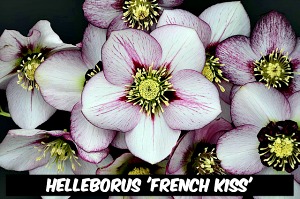
Here is a fact you will love to hear, Hellebore’s are deer, rabbit and vole resistant. The reason that these pests do not bother the Hellebore’s is that all parts of plant are poisonous. This may alarm the gardeners that have pets, but pets don’t usually ingest a lot of the plant as it does have an unpleasant taste. Chewing on the plant will give a burning or itching feeling in the mouth which should make them stop. Slugs and snails do like to feed on Hellebore’s causing holes in the leaves and flowers. Applying Sluggo a few times a season should keep these pests at bay.
Do I Have to Divide Hellebore’s? 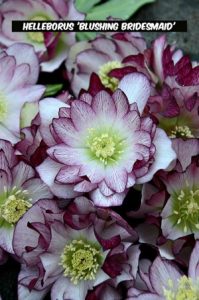
Once established the Hellebore’s need very little care. Dividing is not necessary and can be quite tricky if not done right. We recommend leaving them alone once you have them planted. Hellebore’s do set seed and new plants will be found in the garden from these seeds. The seedlings are almost never the clone of the parent and the flowers could be a rainbow of variety. If you find new seedlings in the garden they can be relocated or just removed if unwanted. Cut back the flowers before seed development if you do not want seedlings to appear in the garden.
What Colors Do Hellebore’s Come In?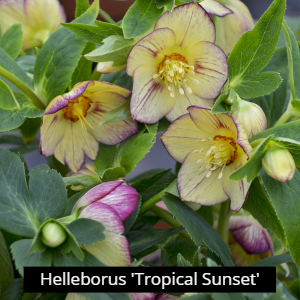
Hellebore’s come in a wide array of colors in both single and double flowers. Hybridizing efforts have created newer cultivars with great vigor and larger flowers. Newer cultivars also have upward facing flowers for better viewing of the floral display. See our Hellebore Category for our full availability of these wonderful perennials.
